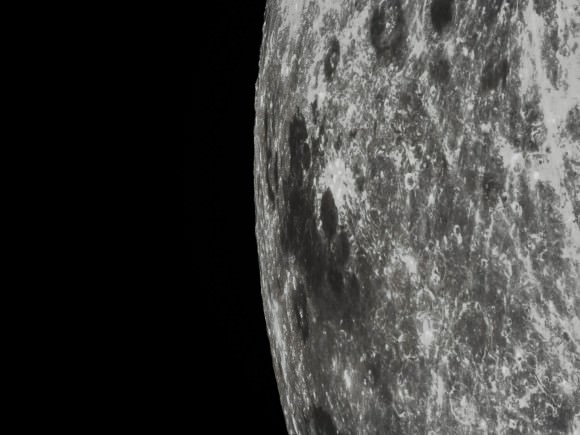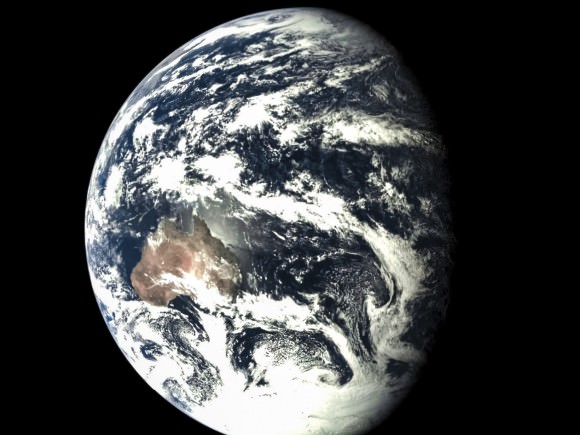In November, we reported how an impact on the Moon from a Chinese Long March rocket booster created an unusual double crater. For a single booster to create a double crater, some researchers thought there must have been an additional – perhaps secret – payload on the forward end of the booster, opposite from the rocket engines. But that may not necessarily be the case.
Other researchers feel the extra mass wasn’t anything secretive, but possibly an inert structure such as a payload adapter added to the rocket to support the primary mission payload.
Continue reading “Questions Remain on Chinese Rocket That Created an Unusual Double Crater on the Moon”



